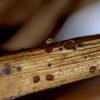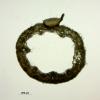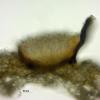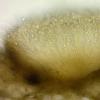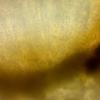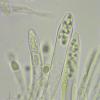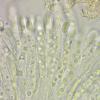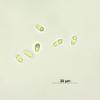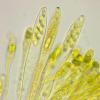
09-01-2026 17:41
Arnold BüschlenHallo, F. dilatata wird von vielen Bryoparasiten

10-01-2026 20:00
Tom SchrierHi all,We found picnidia on Protoparmeliopsis mur

07-01-2026 22:22
 Danny Newman
Danny Newman
Tatraea sp. on indet. hardwood The Swag, Great Sm

10-01-2026 01:18
 Danny Newman
Danny Newman
cf. Neovaginatispora fuckelii on indet. shrub Pre

07-01-2026 10:24
 Danny Newman
Danny Newman
Pezicula sp. on indet. hardwood Appalachian Highl

09-01-2026 10:08
 Blasco Rafael
Blasco Rafael
Hola, en el mismo habitat que la anteriorRetamaDia

08-01-2026 21:22
 Blasco Rafael
Blasco Rafael
Hola, He recogido esta muestra de Orbilia sobre Re

07-01-2026 17:29
 Marc Detollenaere
Marc Detollenaere
Dear Forum,On a barkless Populus I found some smal

10-11-2021 17:33
 Riet van Oosten
Riet van Oosten
Add-on topic http://www.ascofrance.com/forum/7059

07-01-2026 10:05
 Danny Newman
Danny Newman
cf. Chaetospermum on XylariaCosby Campground, Grea
Sur tige morte de Juncus (à 2'300 m), apothécies 0.15 - 0.3 mm de diamètre, l'hyménium ocre, asques octosporés, 85 - 105 x 8 - 11µm, IKI+, spores hyalines, biguttulées, 7 - 10 x 3 - 3.5 µm, paraphyses renflées au sommet, réfringentes.
Merci d'avance pour vos avis.
Elisabeth

das schaut nach einer Hysterostegiella aus. Aber in meiner Datenbank haben alle richtige Hysterostegiellas kleinere Sporen mit max. 1,5-2 µm Breite. Auch die großen Sporenguttulen wären untypisch für due Gattung.
Eher denke ich noch an Trochila, aber an Monokotylen?
Gruß
Zotto



I overlooked that Hysterostegiella has lanceolate paraphyses. Spores of Hysteropezizella pusilla are similar but larger: 10-13 x 2.5-4 in Defago p. 23, and with much smaller oil drops (Fig. 4b). There is also no lid (Fig. 7).
In the synonymy in Species Fungorum is perhaps an error: Allantophomopsis pusilla with the same author (Libert).
Zotto

